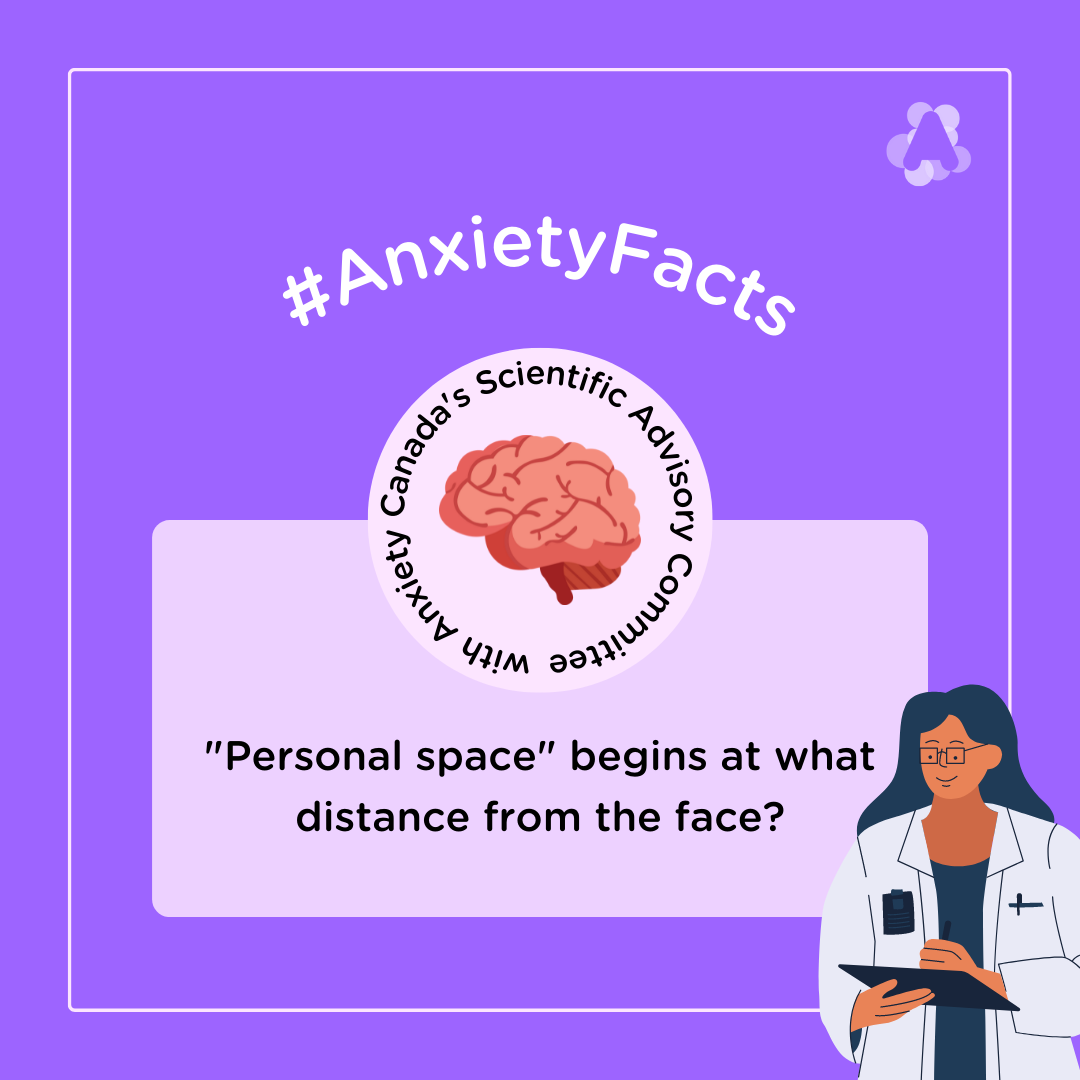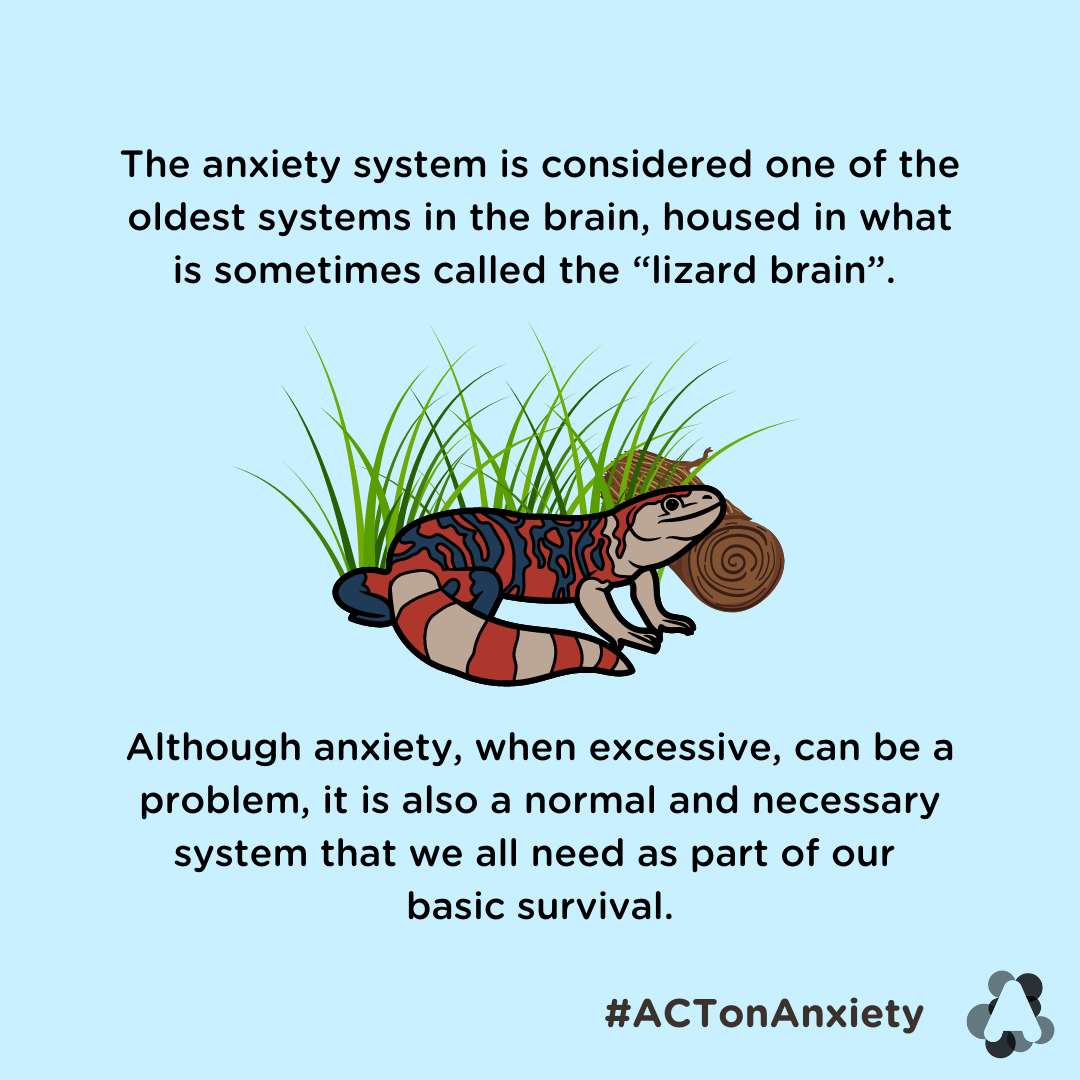Justine Harris-Owen worked for Anxiety Canada as an intern over the summer of 2022. As our Community Engagement Contributor, she helped to promote anxiety awareness through outreach and social engagement for our annual Action Anxiety Day, and she created captivating content for social media, the Anxiety Canada podcast #OurAnxietyStories, and our blog. Justine interviewed our staff for her Meet the Team blog series.
We’re midway through posting her scheduled blog posts and will continue releasing new ones next week, but now that Justine is back at school, we wanted to post our interview with her and wish her well. Our team enjoyed working with the lovely, bright, and resourceful Justine. We can’t wait to see what she does next!
– Kathleen Murdock
What was your favourite part about working for Anxiety Canada this summer, and what did you learn?
Justine Harris-Owen: I learned so much working for Anxiety Canada this summer, including practical skills and knowledge I’m excited to take with me going forward.
However, my favourite part and the most important thing I learned during my time at Anxiety Canada what a welcoming workspace looks like and how to foster one.
Everyone I worked with was extremely passionate about what they do and it showed through their attitudes.

Learning that the main Anxiety Canada team consists of only seven people was a shock due to the tremendous amount of content they have and the amazing work I’ve seen them do. They encourage one another and help out when needed. I hope that in my future workplaces, I can bring that same sense of inclusion and support.
One of your projects was collaborating with our Scientific Advisory Committee to create #AnxietyFacts for our social media pages. Which #AnxietyFact most surprised you?
Justine: The #AnxietyFact that surprised me the most was the one about personal space. I’ve never thought about the specific distance people leave between themselves and another person. I simply plant myself where I feel comfortable. I was shocked that personal space around the face begins at 20 to 40 centimetres. When I first read that, I ran to get a ruler to measure it out, and it seemed like such a short distance.
 |
 |
Pictured above: artwork from Justine’s #AnxietyFact social post.
“Knowing about thinking traps and using them to label my thoughts is a great tool I now use often.”
– Justine Harris-Owen
We know you’re interested in technology, science, writing, mental health, and more. What areas are you interested in working in the future?
With the tech industry growing at such an [rapid] rate, I have no idea what type of work there will even be in the near future. As of now, I am super interested in working in artificial intelligence through the lens of psychology, specifically in terms of mental health and social well-being.
Tell us more about what you’re learning in school.
Currently, I’m studying Cognitive Science at Simon Fraser University. Cognitive Science is a relatively new degree but it’s slowly becoming more common. It is a mix of psychology, linguistics, philosophy, and computer science. Although constantly thinking about what it means to think can be a bit perplexing at times, I find it very interesting and am really enjoying it.
 |
 |
Pictured above: artwork from another one of Justine’s #AnxietyFact social posts.
Do you have lived experience with anxiety?
Anxiety is something I think I’ve always lived with. Even in my early elementary school years, I was a huge perfectionist when it came to everything I did. Just before high school, I suffered from a concussion that took me out of school and all of my extracurriculars for months.
When I was finally healed enough to return to school, it felt like I had lost who I was. I could no longer participate in sports, I was behind in my school work, [and] I was completely out of practice in everything I did. This led me to become even more of a perfectionist. It felt like I had to do everything all at once and it all had to be perfect or else everything would collapse.
What are some ways you manage anxiety now?
Before I could learn how to cope with my anxiety, I first had to learn how to get through it. When I was overwhelmed and my negative thoughts were running rampant, all I could do was distract myself and wait for them to pass.
Over time, I was eventually able to start slowing down my thoughts and dealing with them individually. Knowing about thinking traps and using them to label my thoughts is a great tool I now use often.
Thanks so much for sharing your story! And for supporting the team with all your hard work this summer. We miss working with you already!
Learn more about Anxiety Canada
Anxiety Canada is a registered charity and non-profit organization created to raise awareness about anxiety and support access to proven resources and treatment. We are a leader in developing free, online, evidence-based anxiety management tools. Find us on social media to see more of Justine’s work:
Check out some of the services and programs Anxiety Canada offers, like our trusted:
- award-winning free MindShift™ CBT app,
- helpful online courses: My Anxiety Plans (MAPs), and
- online group therapy program: MindShiftt™ CBT Groups.
